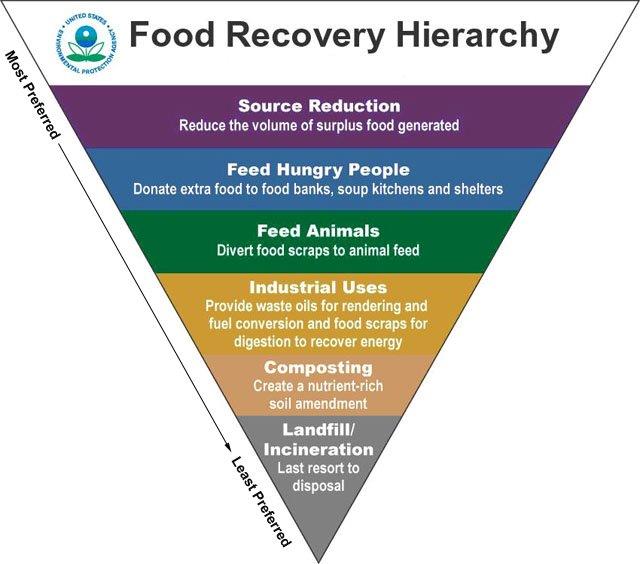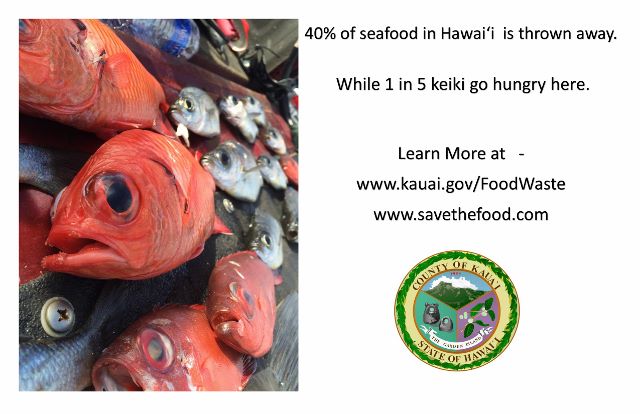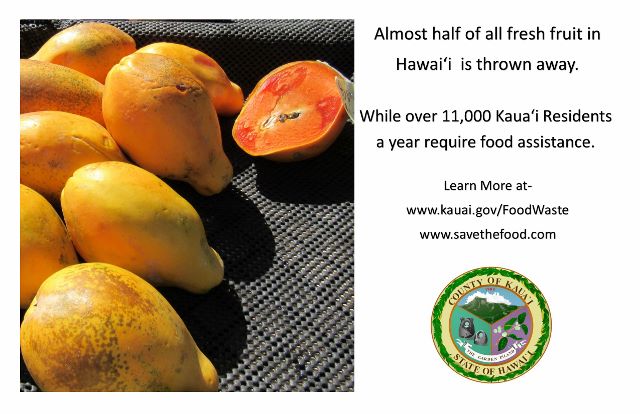Click here for tools and tips on food waste reduction at myplate.gov.
Video Courtesy of the County of Hawaii Department of Environmental Management Solid Waste Division and Recycling Section.
2 minute video on the life of a strawberry

Many food waste estimates are based on a USDA study completed in February 2014. Though the study finds that 31% of food value is lost, the range may be as high as high as 40% Nationally based on recent data. (USDA study)
Below is information from a local article on food waste using the national study as well as data collected in Hawaii.

Food Waste in Hawaii
Hawaii pays some of the highest food prices in the U.S., but we still toss out 237,000 tons of food per year or 26% of the available food supply. This food waste equals over $1 billion or 1.5% of the states GDP. This equals approximately $700 per person (in Hawaii), per year.
Almost half of all the fresh fruit produced or imported into the State is thrown away, while rice and seafood hovers around 40% uneaten.

For more information on Hawaii food waste and how businesses can reduce their own production you can read this article from Hawaii Business Magazine- https://www.hawaiibusiness.com/wasted/
All businesses- https://www.foodwastealliance.org
Restaurants and other food establishments may want to check out https://conserve.restaurant.org/
To find out other ways to save food, visit savethefood.com.
How Can I Divert Food From Landfills?
Feed People, Not Landfills - An estimated 50 million Americans do not have access to enough food. Organizations can donate safe and healthy food to a food bank or food rescue organization and both reduce food sent to landfills and feed those in need.